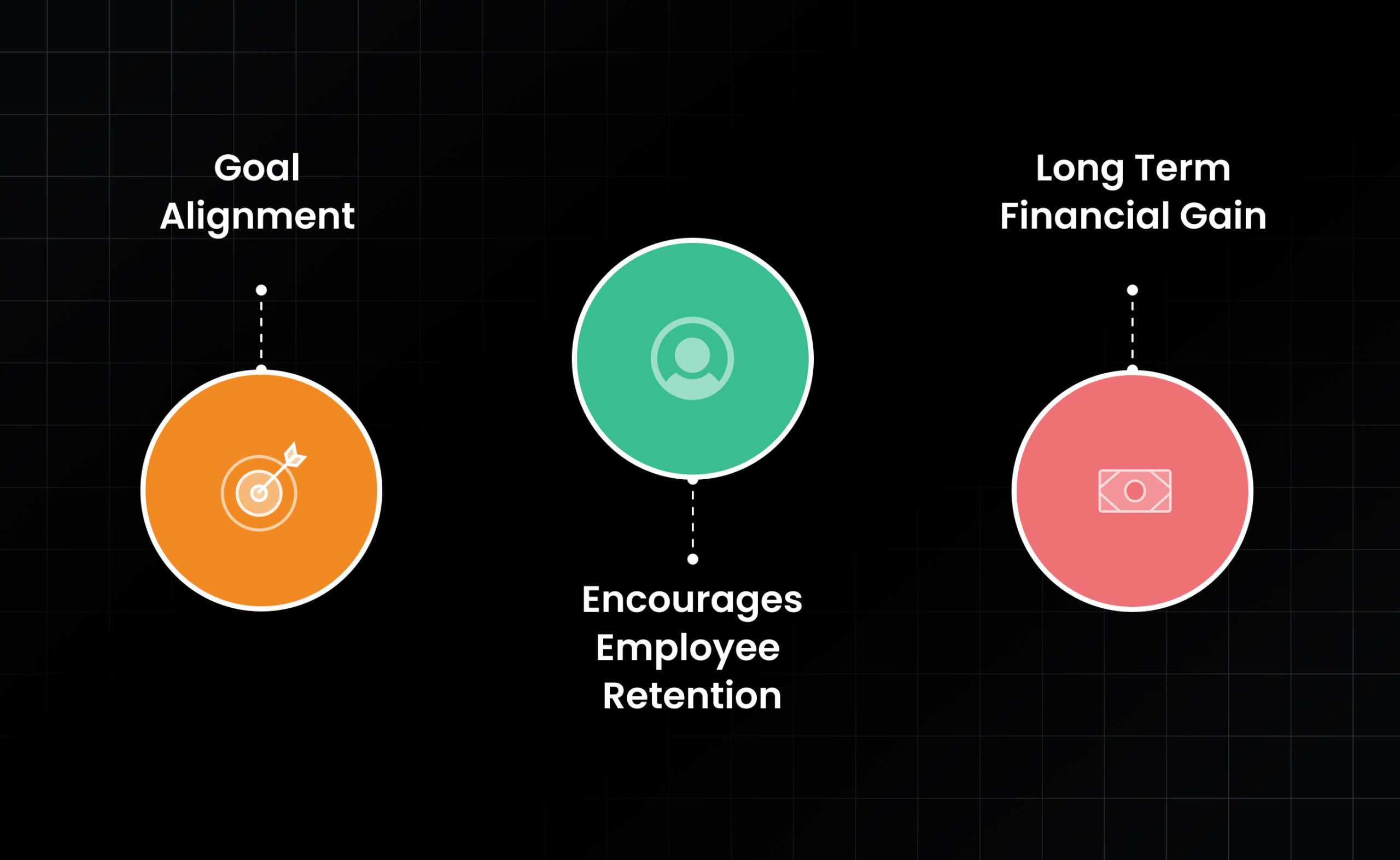There’s no denying the fact that the last two years have changed the way organizations view their employees. Businesses realized that during a time of crisis, it is only engaged employees that can help a business march forward. It is important to adopt an approach that encourages creating a cohesive team that can work together and helps each other through tough times. As a result, more and more companies are now taking steps to improve their employee engagement levels.

But, is employee engagement really that important? Does it really make a difference?
The answer is yes, employee engagement is one of the most important factors in determining a company’s success.
That’s exactly why businesses need to focus on making employee engagement a part of their business plan every year.
Why include employee engagement in your business plan this year?

The 2023 recession has begun and employee engagement is what will keep your business running smoothly and thriving for now and for years to come.
Here’s what including employee engagement as part of business planning can help to achieve for your organization:
1. Goal alignment
Employees who understand and connect with the mission and vision of their organization from the start are more likely to feel that they are contributing to something meaningful. This nudges them to stay with the organization and build it up so it can achieve its goals.
A positive work environment also improves the brand image of your company, which makes people want to join it. This helps in your overall business plan of hiring and retention.
Incorporate employee engagement in your business plan by setting goals for yourself as well as your employees. You should also make sure that employees have access to resources that help them grow professionally so they can reach those goals on their own time (such as online training courses).
Finally, create strong relationships between management and employees so they know what’s expected of them personally while working together towards common goals!
2. Encourages employee retention
When a company has a plan to address employee engagement in their business plan, it sends a message to employees that the company is willing to invest in making changes so employees can do their jobs better and more efficiently, thereby investing in their future. Moreover, engaged employees are more likely to stay with the company for longer, which means less time and money spent on recruitment and training.
When skilled employees leave, their experience and knowledge leave with them. Investing in new employees to reach the same level of skill, experience, and comfort in the organization may take time, and other valuable resources. This is why it’s important for organizations to address any disengagement issues before they turn into cost-intensive problems down the road.
3. Improves long term financial health
Employee engagement has a direct impact on the long-term financial health of the business. It’s not just about keeping employees happy—it’s about reducing expenses and increasing productivity. Here’s how:
- Focusing on employee engagement improves retention and reduces costs associated with hiring new employees.
- It helps attract the best talent in industry by showing potential hires that the brand cares about their well-being, which is an indicator of how invested they are in creating a great work environment for them.
- It increases engagement among current employees, leading to higher productivity and commitment, which positively impacts revenue numbers in the long run.
Inculcating employee engagement in your business plan leads to fewer expenses on new hires, onboarding time lost, and time spent on screening, selecting, and acclimating a new employee, which can take months. This translates to the loss of productive hours which has a direct impact on business numbers – right from deals closed to revenue numbers.
You can learn more about the benefits of employee engagement to the organization here.
How to create a business objective for employee engagement?
Employee engagement is a key component of any business. It’s often a determining factor in an employee’s decision to stay or move on, which makes it critical to your company’s bottom-line employees. If you want to ensure that your employees are engaged, you need to set up goals and objectives for them that are aligned with your company’s mission and values.
Here are some tips on how to create a business objective for employee engagement in a business plan:
1. Ascertain the ROI of employee engagement to onboard your senior leadership

If you want to drive a change in your organization, your senior leadership should stand on the front lines. The business ROI of employee engagement and how it is related to the bigger picture are convincing enough to get them on board.
Employee engagement is all about making sure that your employees are having a positive experience at work. This means that they’re motivated by their work and feel like they have a sense of purpose. But it’s also important because when employees are engaged, they’re more likely to act in ways that help the company achieve its goals—even if those goals aren’t directly related to their own job descriptions.
The best way to get the leadership on board is by showing them how employee engagement directly relates to:
- Increased Productivity
- Reduced Employee Absenteeism
- Reduced Employee Attrition
- Lowered Onboarding Cost
- Lowered Recruitment Cost
- Increased Retention Rates
- Increased Skill Capacity
2. Set SMART goals
It’s important to set SMART goals when inculcating employee engagement in a business plan. The goals you are trying to achieve should be specific, measurable, achievable, relevant, and timely.
- Specific: Your goals should be precisely defined so that they can be measured in a concrete way.
- Measurable: You should be able to track how close you’re getting to your goal over time. For example, if your goal is to “increase employee LTV by 10%, you might want to measure how long a department’s employees typically tend to stay engaged in their roles on a month, bi-monthly, quarterly or yearly basis.
- Achievable: Goals should be realistic and attainable so that employees feel like they can accomplish them within a reasonable timeframe. If your goal is too lofty or not feasible from the start, then it’s unlikely anyone will work towards it—and if they do try, they’ll likely give up when they realize how difficult it will be (which also means you’ll have wasted resources).
- Relevant: This is an important aspect of goal-setting because it ensures that everyone is working towards something that matters for the company as a whole. If there isn’t a clear connection between what you’re asking people to do and what their work contributes toward the overall success of the business or department, then chances are high that no one will care about reaching those goals.
- Timely: Finally, your goal needs to have a date associated with it so that there’s some urgency around meeting it. By when do you need this goal accomplished? What’s the deadline for completion? For example, make 10 new hires through employee referrals by the end of the quarter.
3. Measure the impact and implement the changes

Surveys and feedback are the key to creating an engaged workforce, and they can be used to achieve both short-term and long-term goals. Start by taking stock of where you want to go with employee engagement this year, and then create a survey that will help you measure how far you’ve come.
Incorporate the results of this survey into your short-term plans for improvement, and keep track of how things are going over time. Implement any changes based on what you learn from surveys and feedback, and then track those improvements so you can see how well they’re working out. Here are a few examples of how business goals can be measured through employee engagement:
A study conducted by Aon Hewitt in 2020 found that companies with high levels of employee engagement had a 26% higher success rate in achieving their business goals compared to companies with low levels of engagement.
Employee engagement can also have a direct impact on business performance, including revenue growth and profitability. According to a study by Harvard Business Review, companies with highly engaged employees experienced 147% higher earnings per share than companies with low engagement levels. By tracking employee engagement levels and financial performance metrics, a business can measure the impact of employee engagement on business outcomes and make adjustments as needed to improve overall performance.
If you’re just getting started with employee engagement, make sure you take a look at these trends for 2023.
How Leena AI can help you plan better for this financial year?
If you’re looking for a way to increase employee engagement this financial year, we have just the solution.
Leena AI—a fully automated AI-powered HR workflow automation platform that makes employee engagement easier than ever before and helps you manage all of your touchpoints with employees more proactively and efficiently.
With Leena AI, you can automate all your HR processes, from employee onboarding and training to answering FAQs and resolving issues —all in one place! You can also use Leena AI to create a personalized experience for each employee so that you can provide the right kind of support at the right time. Here’s how Leena AI can help you:

- Automated surveys: You can schedule and send surveys to employees automatically at timed intervals. Artificial intelligence analyzes the responses and provides HR teams with detailed insights. This helps you plan better in terms of time and budget.
- FAQ automation: Use Leena AI to automate FAQs for common questions asked by employees. This saves time and improves productivity as employees don’t have to wait long to get their questions answered.
- Case management: Manage cases related to employee support, recruitment, or performance appraisal with ease through Leena AI. The AI will automatically alert managers when a new case is added based on their role and preferences so they can take action without any delays or stress.
- Onboarding: Leena AI helps create comprehensive onboarding programs that are personalized for each employee based on their needs and preferences using machine learning algorithms.
Want to see how you can keep your employees engaged without a plethora of employee engagement tools?






